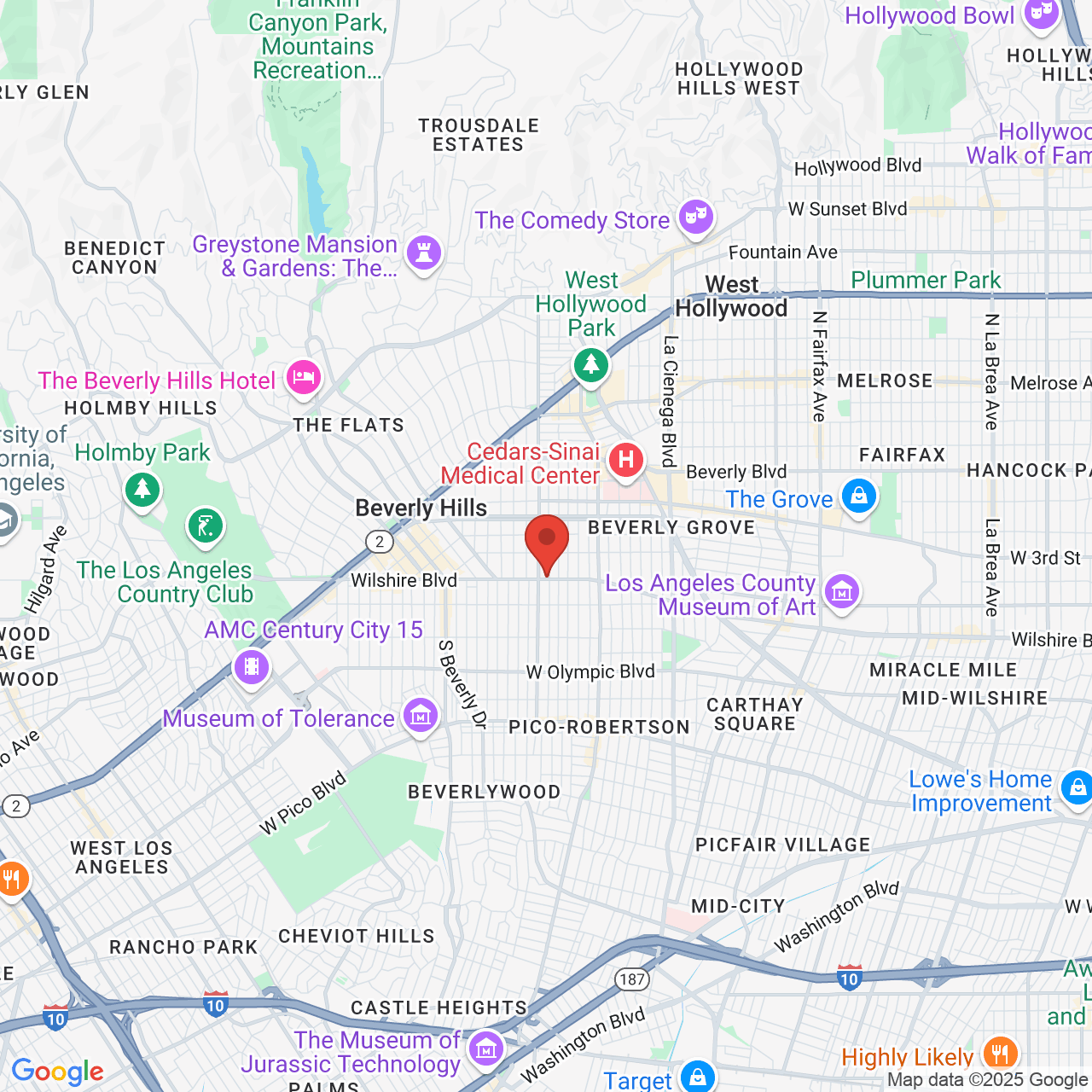Congenital Aural Atresia: Causes, Risks, and Treatment
 Microtia is a condition that affects the external structure of the ear. For people with microtia, the ear does not form properly. This physical anomaly doesn’t just impact children’s appearance and confidence, but their ability to hear, too. Many children with microtia often present with congenital aural atresia, which is the malformation of the cochlea, middle ear, and ear canal.
Microtia is a condition that affects the external structure of the ear. For people with microtia, the ear does not form properly. This physical anomaly doesn’t just impact children’s appearance and confidence, but their ability to hear, too. Many children with microtia often present with congenital aural atresia, which is the malformation of the cochlea, middle ear, and ear canal.
At Reinisch Plastic Surgery in Beverly Hills, CA, our globally-renowned plastic surgeon, Dr. John Reinisch, specializes in microtia treatment. In this article, Dr. Reinisch discusses congenital aural atresia causes, risks, and treatments to help you better understand the condition.
What Causes Congenital Aural Atresia?
Congenital aural atresia (CAA) occurs in nearly 1 out of 20,000 births and is more likely to present in males than females. The condition is characterized by a severely narrowed or non-existent ear canal and malformed middle and inner ear structures. CAA can affect one or both ears, and may present alongside other facial and developmental anomalies.
The exact cause of CAA is not known, but it appears that the branchial arches, or pharyngeal arches, stop advancing at some point during fetal development. This arrest in development leads to malformations or under-developments in the lower face, neck, and ears in an otherwise healthy fetus.
CAA typically occurs in isolation. However, some syndromes, such as Treacher Collins syndrome or Branchiootorenal syndrome, may increase the likelihood of CAA.
What Are the Risks of CAA?
The primary risks of untreated CAA are impaired hearing and limited speech and language development. The extent of hearing impairment is largely dependent on the severity of CAA and whether the condition occurs in one or both ears.
Severe cases of CAA may affect the bones, or ossicles, in the middle ear and the cochlea. The ossicles and cochlea are responsible for helping the brain interpret incoming sound waves. Deformities in these structures dampen sound vibrations, which leads to varying degrees of conductive hearing loss.
Children with unilateral CAA may hear normally out of one ear, which may allow them to reach standard speech and language milestones. Children with bilateral CAA, however, may experience severe hearing impairment, which can seriously limit their speech and language development.
Impaired hearing, limited speech, and delayed language development makes learning much more difficult for children living with CAA. Fortunately, Dr. Reinisch works alongside a qualified otologist to provide comprehensive aural atresia repair.
What Is Aural Atresia Repair?
Aural atresia repair is a surgical procedure in which Dr. Reinisch and a trusted otologist can rebuild the structures of the middle and inner ear, construct a new eardrum, and create a functional ear canal. The result is near-perfect hearing that allows patients to continue proper speech and language acquisition.
This procedure is frequently combined with microtia treatment to improve the appearance of malformed ears. In general, Dr. Reinisch can complete this comprehensive procedure in a single outpatient surgery in Beverly Hills, which minimizes recovery time and expenses.
Ask Us About Aural Atresia Repair and Microtia Treatment
If your child is living with CAA and microtia, then contact Reinisch Plastic Surgery now. Early treatment can help your child decipher the world around them, which will allow them to meet important developmental benchmarks. To get more information or schedule a consultation, send our team a message or call our Beverly Hills office at (310) 461-4375.



